I built a simple voltage regulator circuit like this:
I'm using an LM723 but any op-amp will do. When I shorted the output, the MOSFET was destroyed instantly but I don't know why.
I have tested many MOSFETs from cheap Chinese ones to a real IRFZ48. They were all destroyed the same way. They were all power MOSFETs able to handle continuous current more than 5A and very high peak current as I have tested. I don't understand how a short circuit can instantly destroy it, even when the 25 V supply instantly changes to 1 A constant current and drops to a very low voltage. When I un-short it, the 3 pins of the MOSFETs are shorted, thus dead.
Some quirks though:
The MOSFETs is only destroyed when I short it while outputting a low voltage like 2 V, they aren't destroyed when I adjust the output to 20 V then short it. Just the slightest touch from 2 V to ground and they are dead, and I can't even see any sparks. After that, the output is stuck at 25 V.
I tried using an IGBT, and it didn't get damaged no matter how I short it. I just don't get why it didn't while the power MOSFETs did. I don't have any power BJTs so I couldn't test those.
I tried using a P-channel one with 25 V to source and controlling it through an NPN transistor, it was also instantly destroyed when shorted, no matter what voltage I short it at.
I don't believe the output capacitor from my SMPS can instantly put out more than 210 A when shorted so it shouldn't exceed any peak current. VGS has a Zener diode so it also shouldn't exceed the maximum rating. I can't seem to find anything that would exceed maximum ratings or break the MOSFETs, so where did it go wrong?

